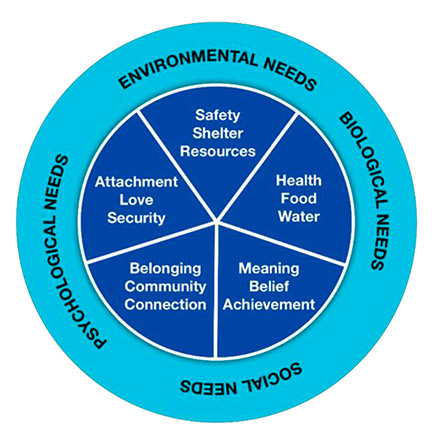My Health, My Care, My Home - healthcare framework for adults living in care homes: summary
Framework providing a series of recommendations that aims to transform the healthcare for people living in care homes.
Introduction
Scotland's population is now at its highest level and is also growing steadily older. This is true of both people living in care homes and the workforce that provides healthcare. It is undoubtedly positive that people are living longer, however, some are living with increasingly complex health and care needs which may necessitate residing within a care home.
The care home sector in Scotland provides care for adults and older people, individuals with learning and physical disabilities, neurological illness, mental health conditions and brain injury. Some care homes also provide intermediate care and respite services for people on a temporary basis. Across each of these groups the healthcare needs of those living in care homes is becoming more complex and requires more specialist interventions.
The latest Public Health Scotland Care Home Census for Adults in Scotland (published December 2021) reports that there are 33,000 people living in 1,069 care homes for adults in Scotland. Of these, 91% are living in a care home for older people, where 64% will be living with dementia (either medically or non-medically diagnosed) and the mean age at admission is 82 years.
The COVID-19 pandemic has undoubtedly had a significant impact on people who live and work in care homes and their friends and families. However, there have also been historical factors pre-pandemic which have challenged the sector. These issues are well documented in the Independent Review of Adult Social Care in Scotland report (2021).
People have a range of health and wellbeing needs that extend across relationships with family and friends. These include psychological and social needs, in addition to environmental needs and basic biological needs. The wheel of wellbeing diagram (below) helps us to visualise the range of needs, that when fulfilled, contribute to good experiences of wellbeing. All five of the segments within the wheel must be in place to enable optimal health. If one or more of the segments are missing, it can result in a decline in physical or mental health.
Care homes are where people live and call home. They should expect the same level of involvement, choice and support for their health and wellbeing as if they were living elsewhere in the community. This can only be achieved through a whole-system, collaborative approach. This new framework specifically seeks to strengthen the continuity and access to healthcare, both from within and from outwith the care home.

Contact
Email: carehomeshealthcare@gov.scot
There is a problem
Thanks for your feedback